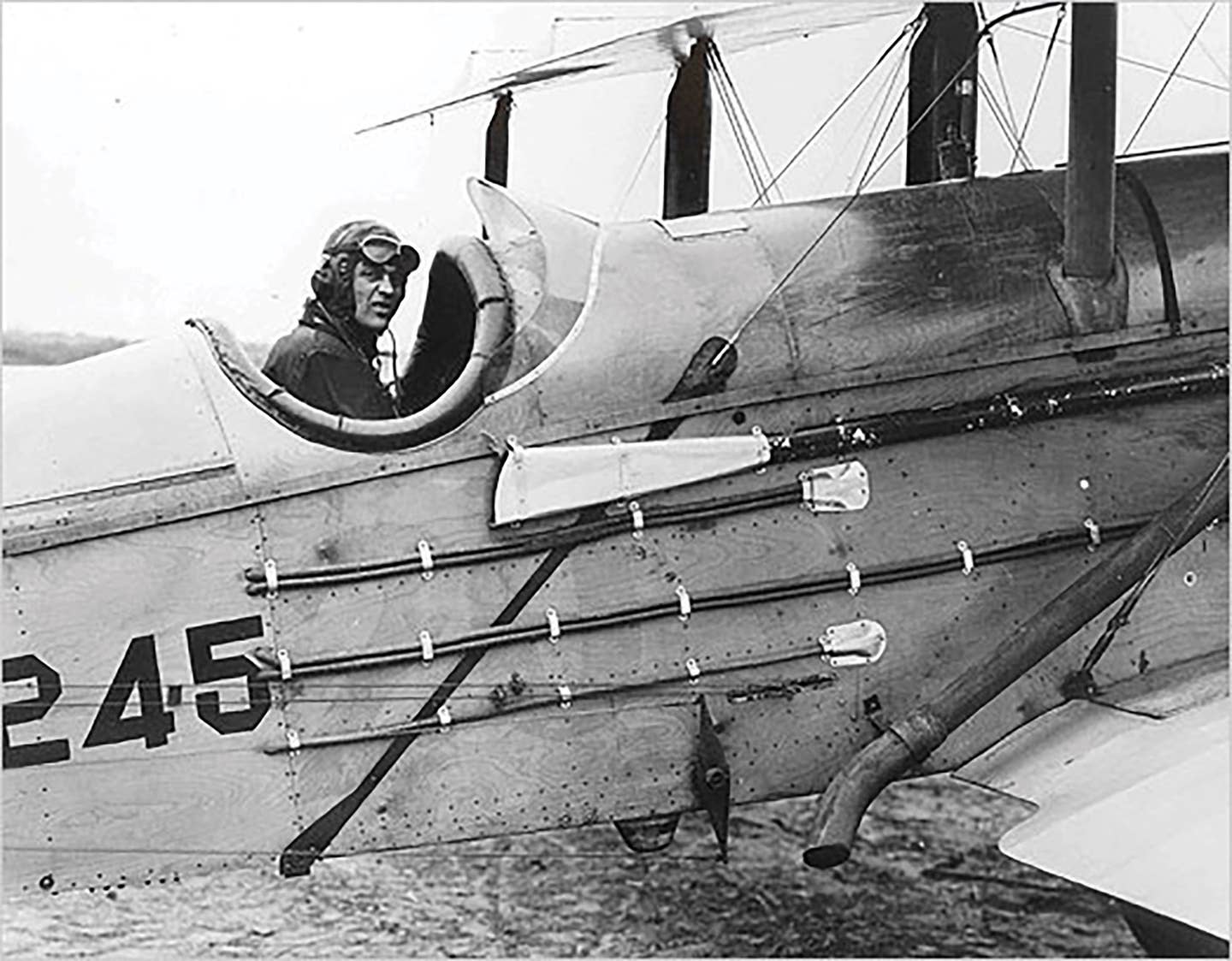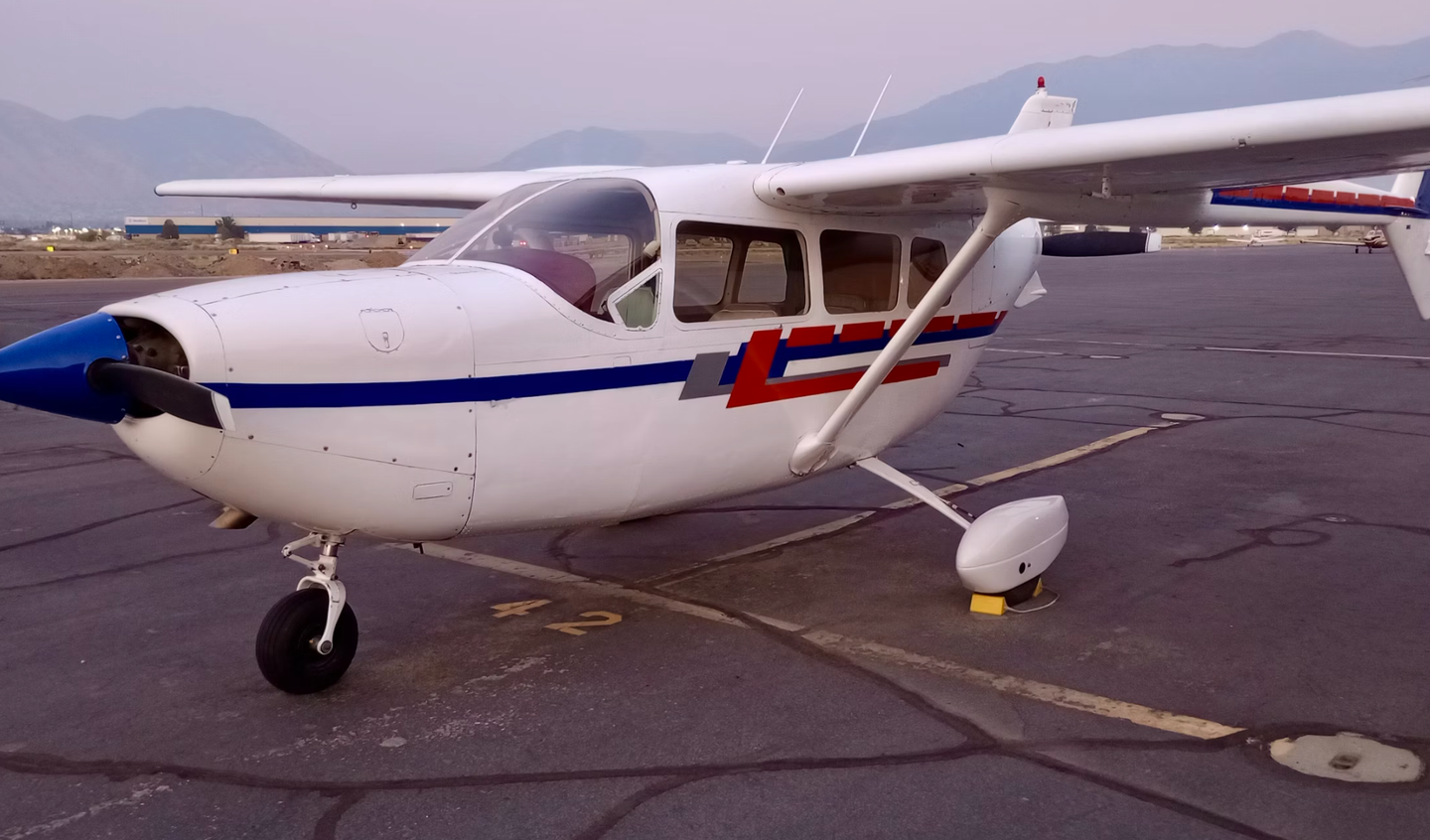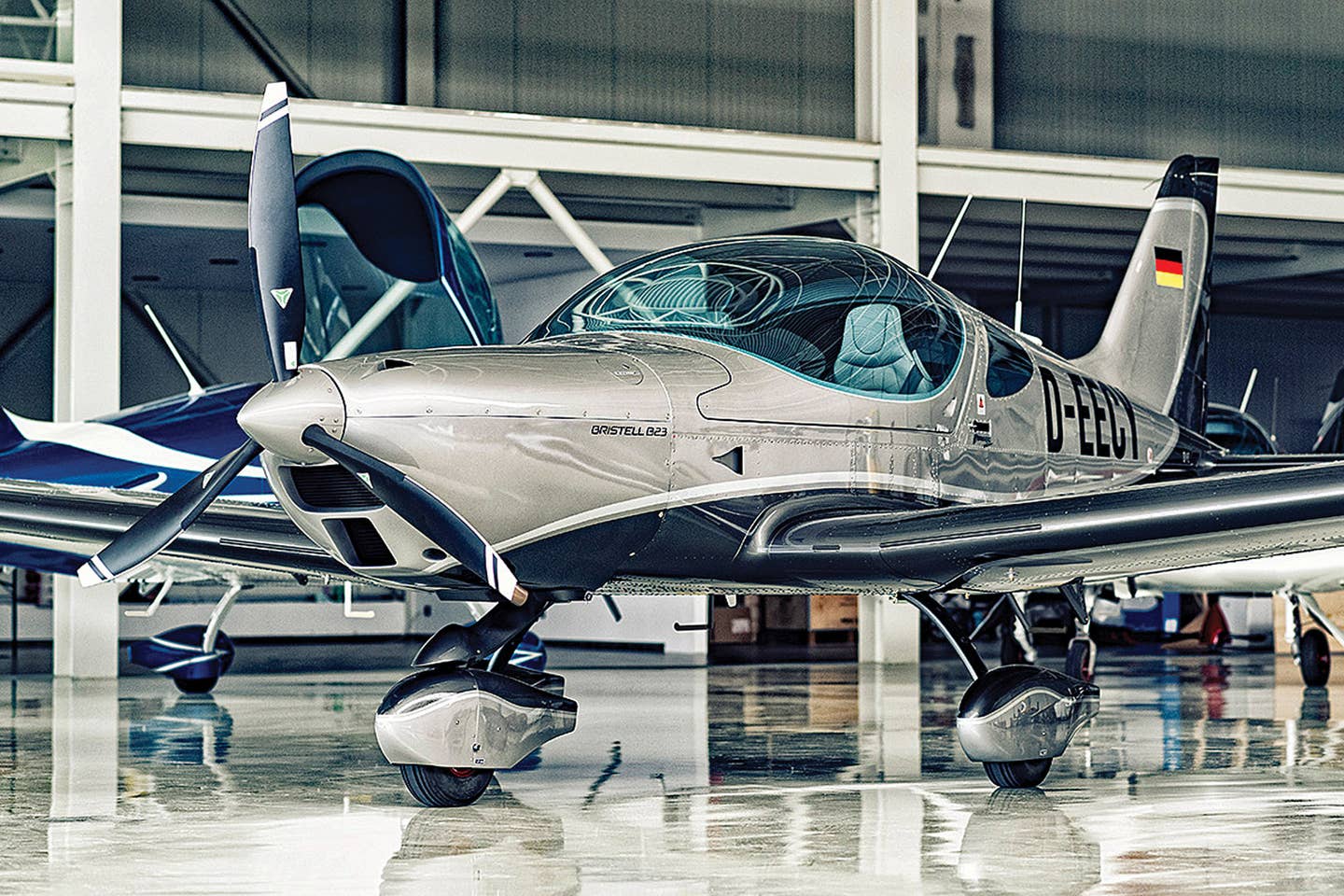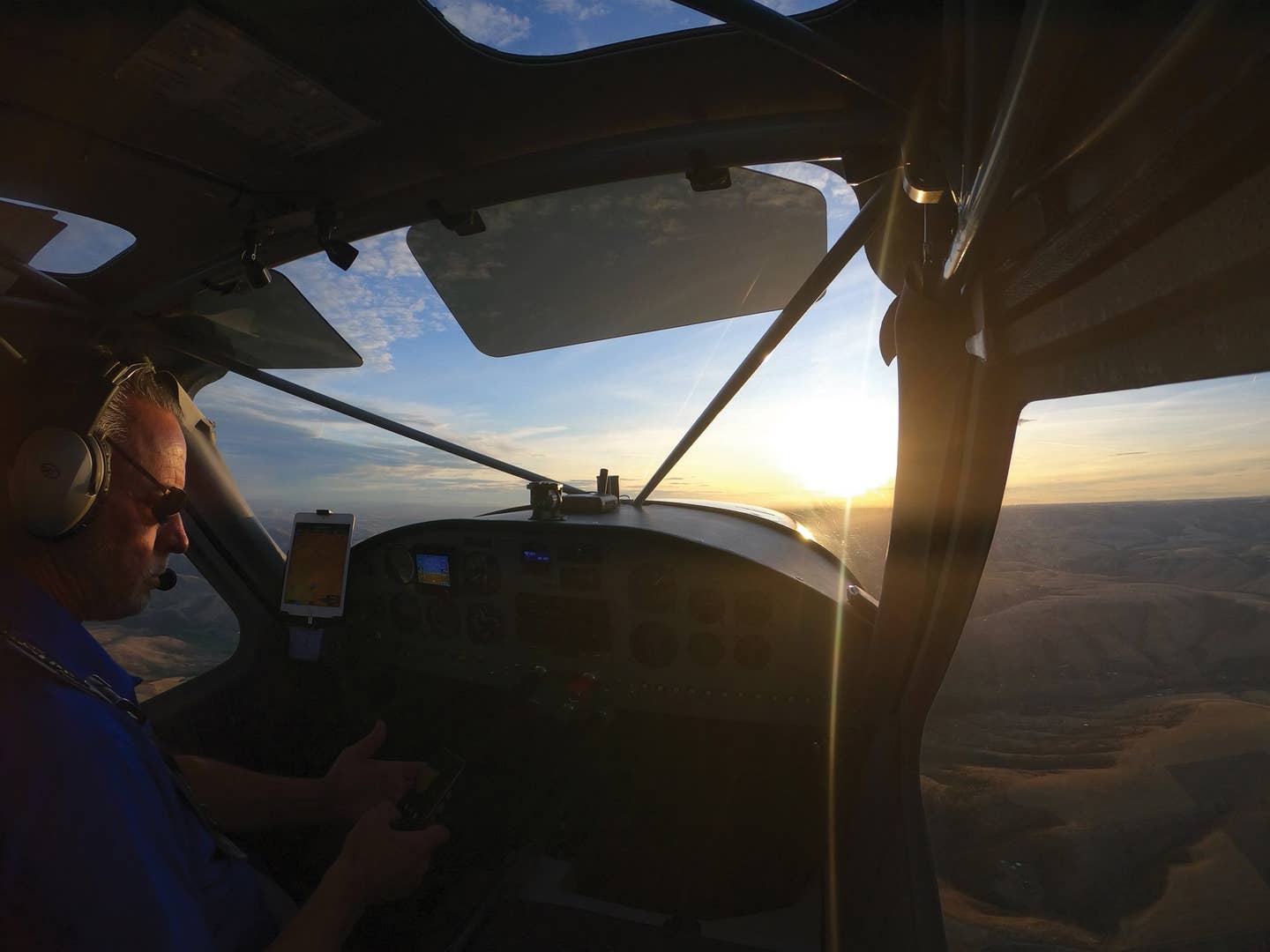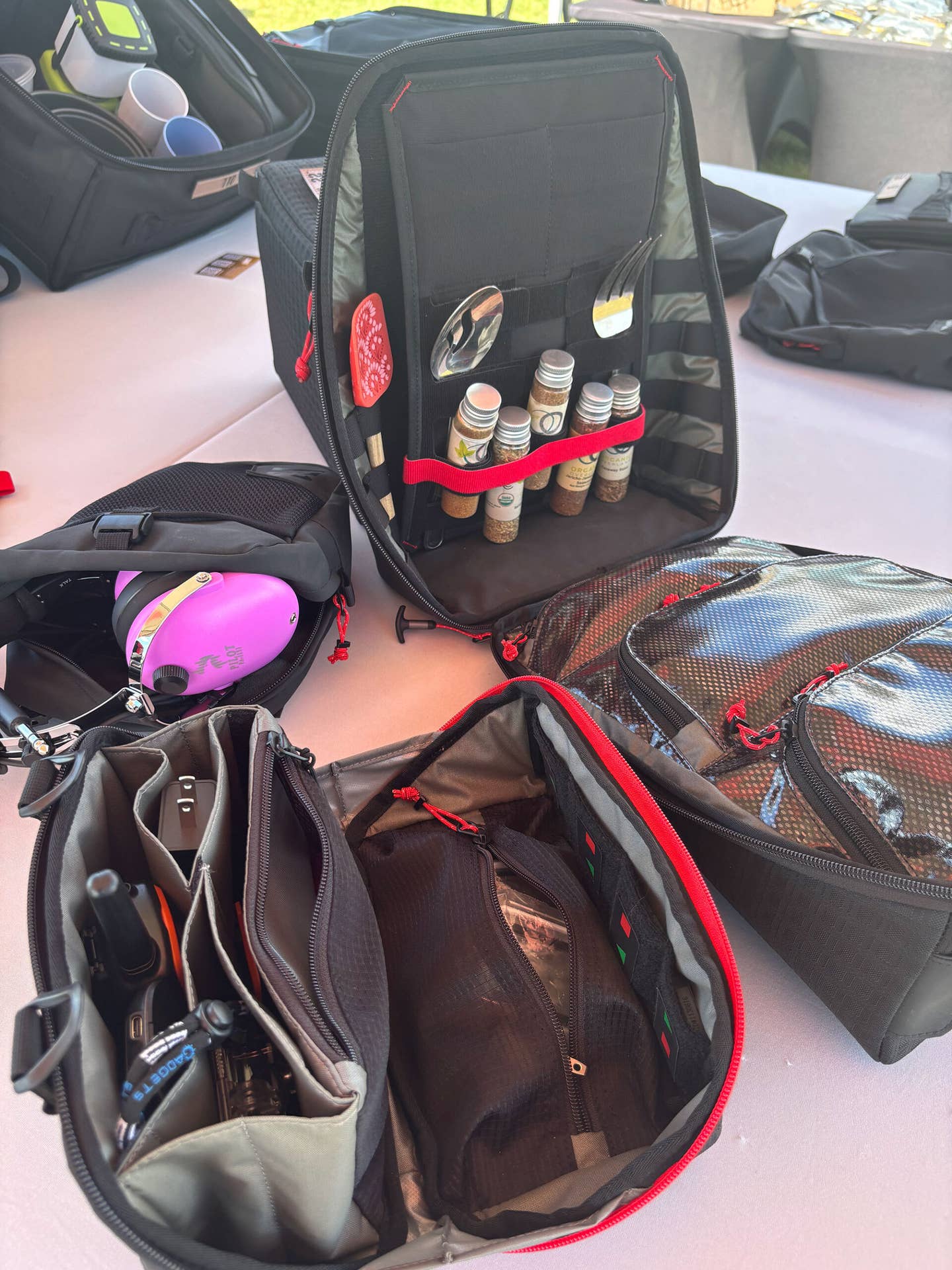4. The Modern Fuselage
Even today, the fuselages (the body of the aircraft, to use an automotive term) of some aircraft in production rely on a primitive structure, a skeletal frame with a covering…
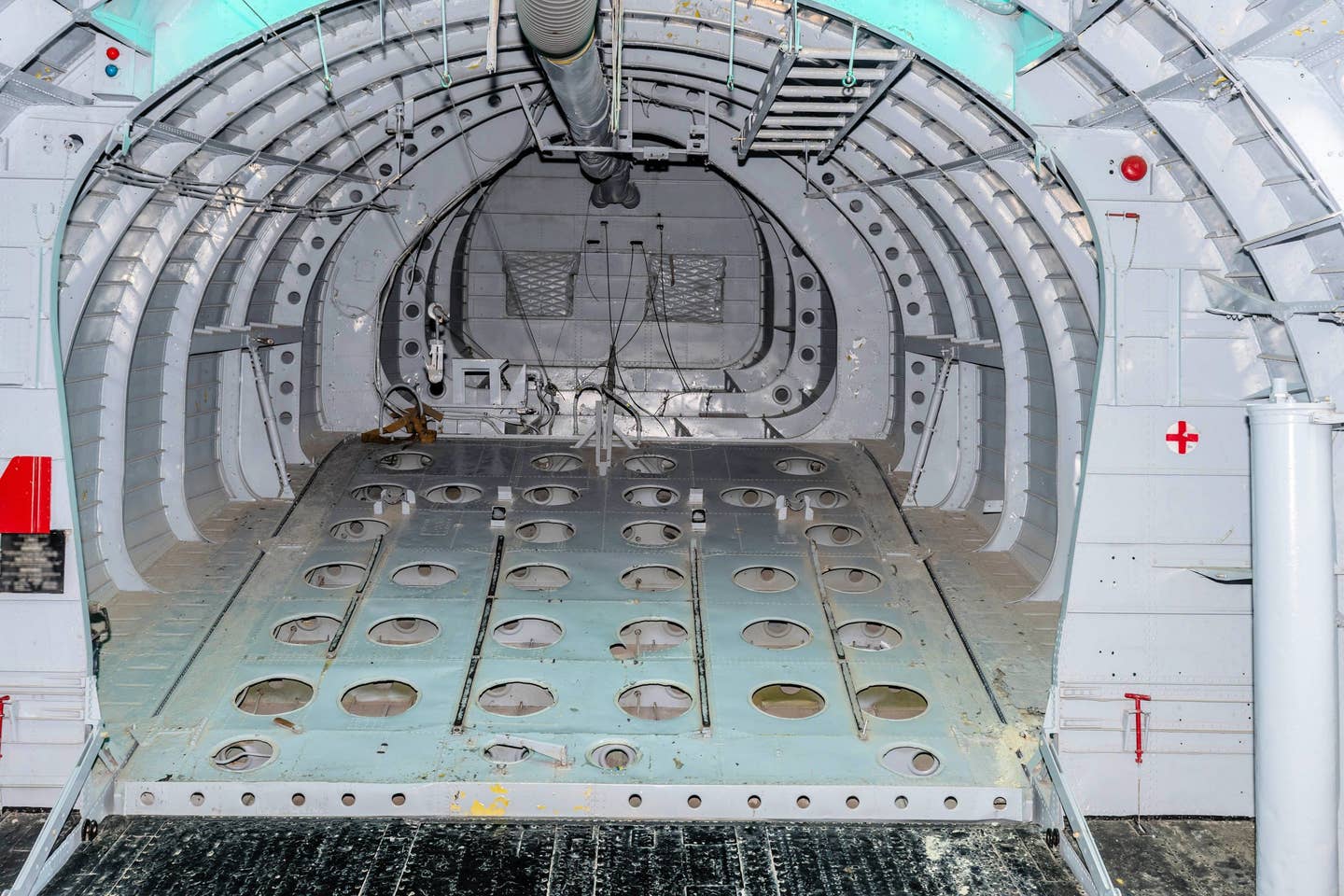
Even today, the fuselages (the body of the aircraft, to use an automotive term) of some aircraft in production rely on a primitive structure, a skeletal frame with a covering skin, one type of which is often referred to as "tube-and-rag," for the metal tubing that makes the structure and the treated cloth covering it. The skin itself isn't really necessary. Many ultralight and light-sport aircraft skip the skin part altogether and fly with bare tubing. But by as early as the mid-1910s, a more modern design emerged---the monocoque fuselage, a design in which the skin itself is a structural member. We think of today's modern aircraft, like Cessna singles and twins, as having "monocoque" fuselages, but in truth they're semi-monocoque designs because the skin, while serving as a critical structural element, is supported by an internal skeleton. There are true monocoque designs (or close to it) flying today, including Cirrus aircraft, which can largely skip the internal supports due to their inherently stiff composite (fiberglass and/or carbon fiber) skins.

Subscribe to Our Newsletter
Get the latest Plane & Pilot Magazine stories delivered directly to your inbox

